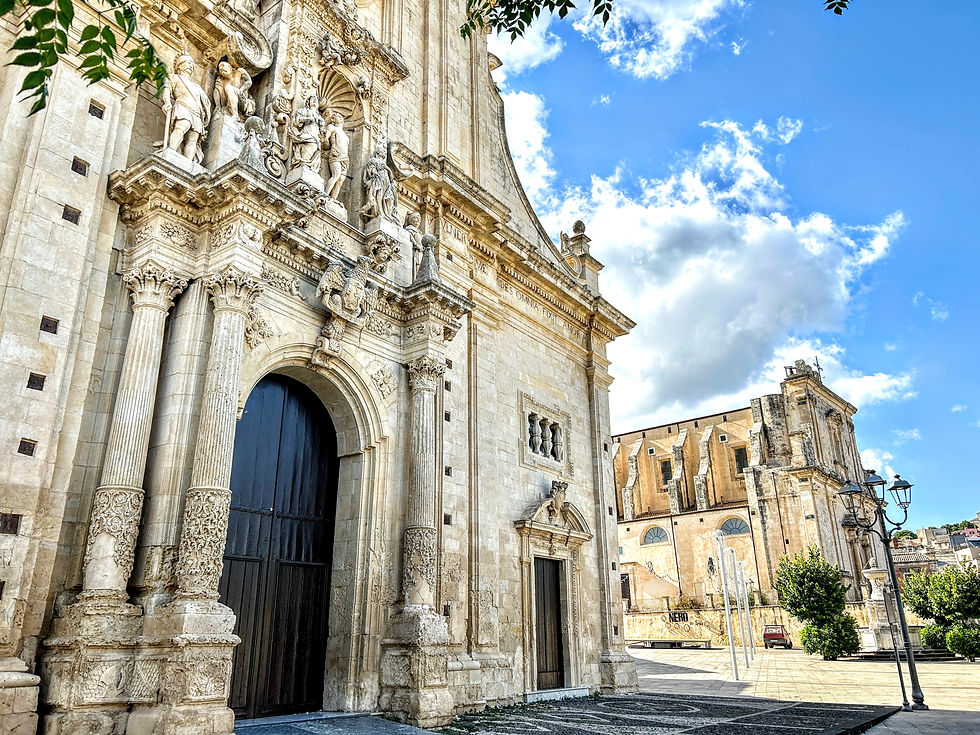The abbey stands on a promontory overlooking the surrounding cultivated fields and a vast stretch of sea known as the Trabocchi coast... #tuttitaly
The Abbey of San Giovanni in Venere is one of Abruzzo's most significant and representative cultural assets. It stands on a promontory in the municipality of Fossacesia at 107 m above sea level. From here, it dominates the surrounding cultivated fields and a vast stretch of sea known as the Costa dei Trabocchi.
History
The attribute in Venus testifies to the presence of a Roman temple dedicated to the goddess Venus, to which columns from the Roman period belong, which we find under the main altar and, more precisely, in the crypt.
The birth of the abbey takes place in 1015 and is attributed to Trasmondo II, the count of Teate (Chieti), whose body is buried in the crypt. Subsequently, transformations were made that brought the church to its current appearance.
Architecture
Externally, it can be seen that the church was built with sandstone blocks in the lower part and bricks in the upper one. Noteworthy is the leading portal called Gate of the Moon, which during the summer solstice, at sunset, is reached by the sunlight that illuminates the presbytery and the crypt.
Note also the Gate of the Sun, represented by the openings in the three apses, crossed by the sun's rays during the winter solstice.
Above the portal, we see a lunette depicting Christ enthroned between St. John the Baptist and St. Benedict of Norcia. The large marble pillars on the sides of the entrance are instead sculpted with the stories of St. John the Baptist.
The interior, divided into three naves, has a hierarchy raised above the floor of the hall, below which is the crypt, where we can admire the apses decorated with thirteenth-century frescoes: in the fresco on the right is represented Christ blessing enthroned between Saints Peter and Paul (right), John the Baptist and John the Evangelist (left). In the central fresco, on the other hand, we find:
Christ between Saints John the Baptist and Benedict; and Madonna enthroned with the child between the saints Michele and Nicola di Bari. And finally, in the fresco on the left, we find Christ enthroned between the saints Vito and Filippo.
We can conclude our visit in the bright thirteenth-century cloister, partially rebuilt between 1932 and 1935.


























Comments